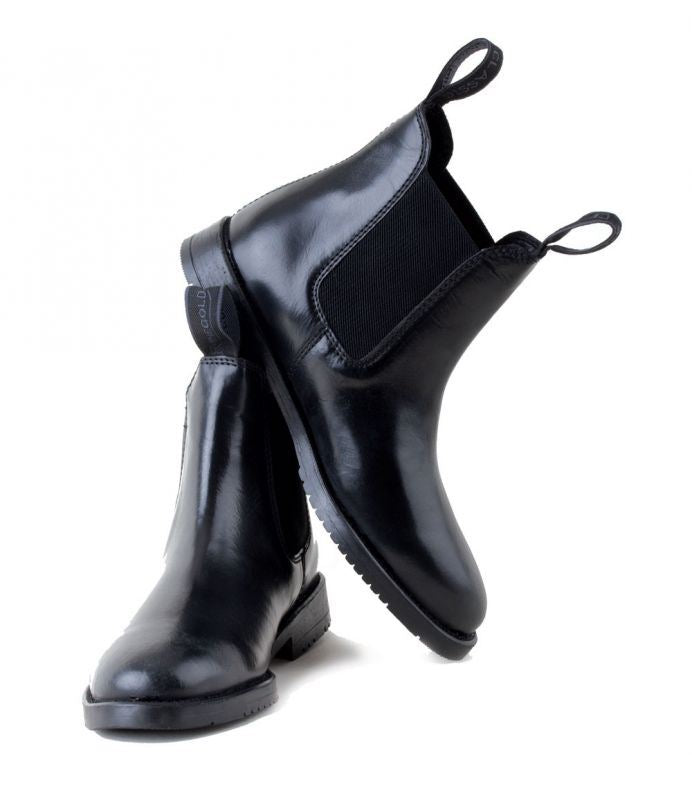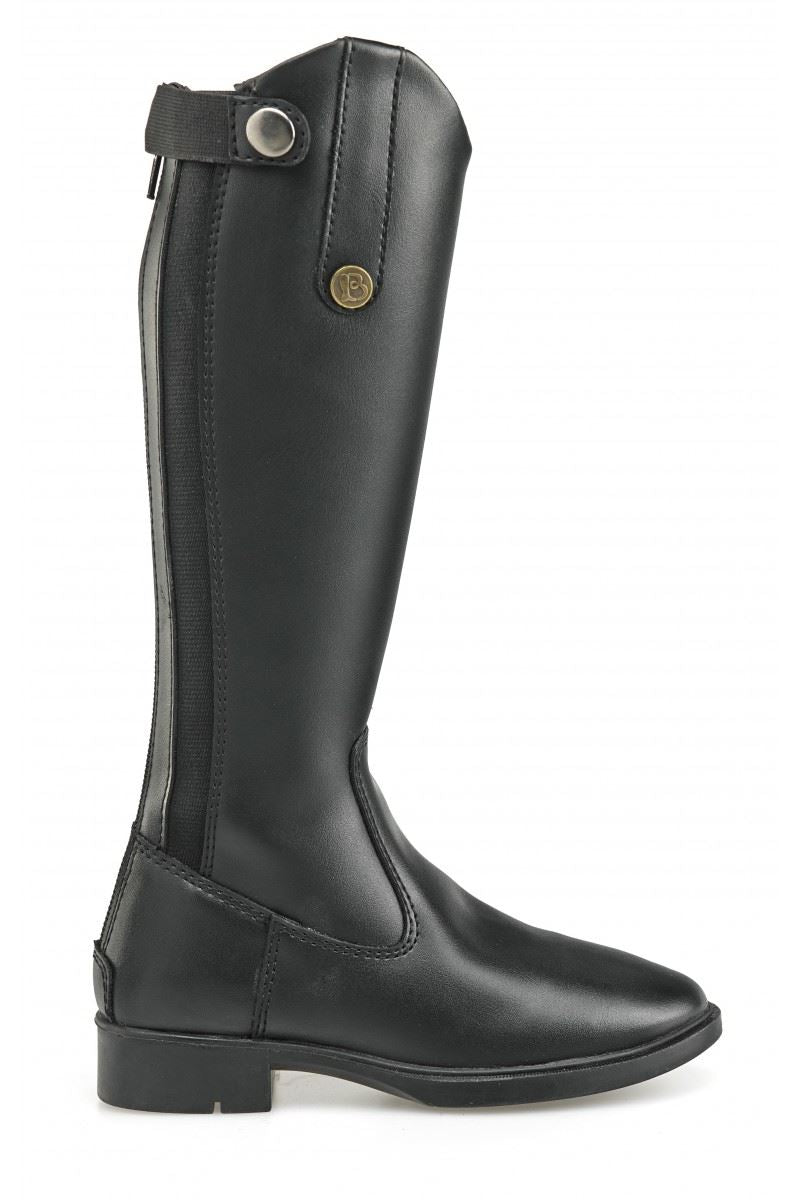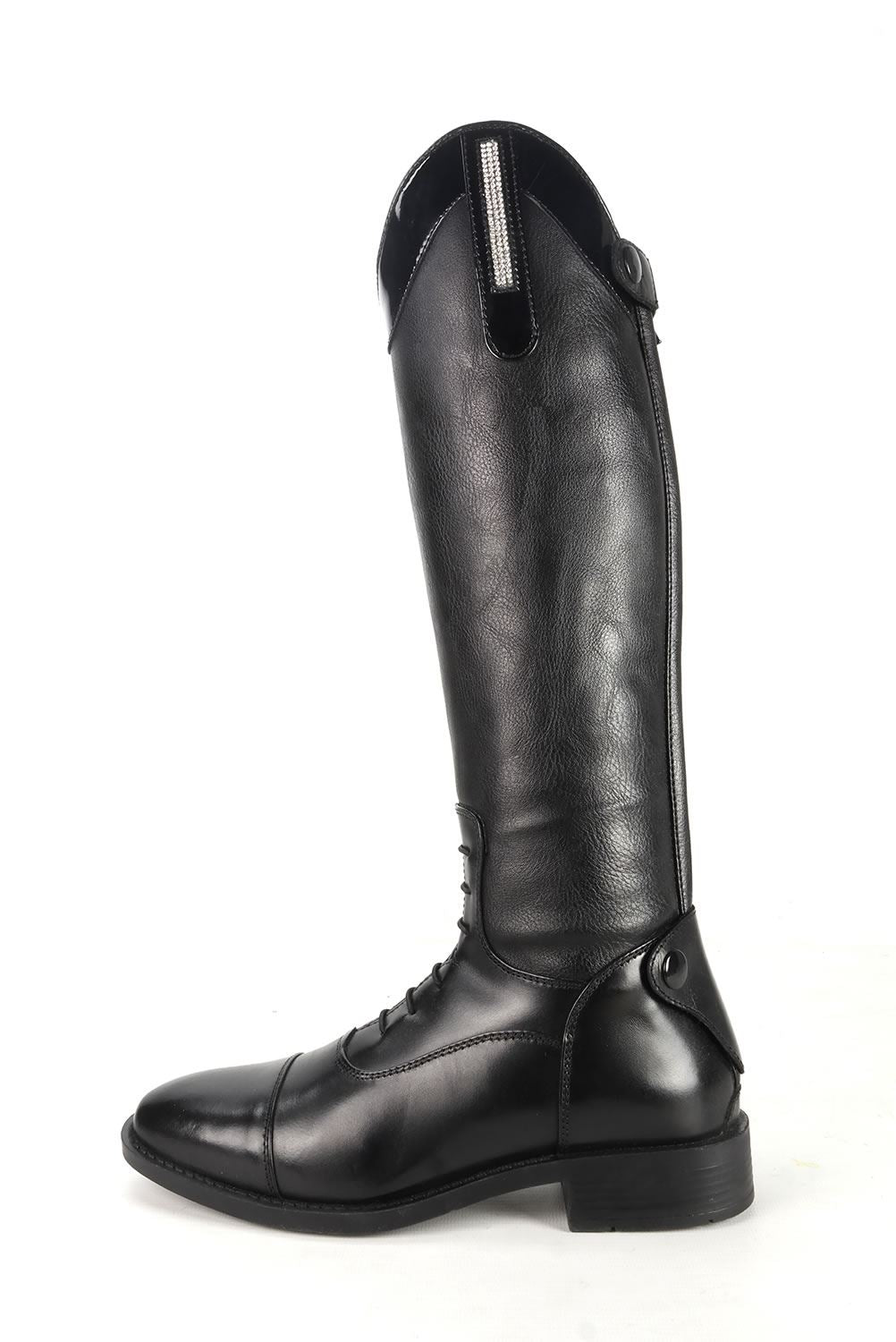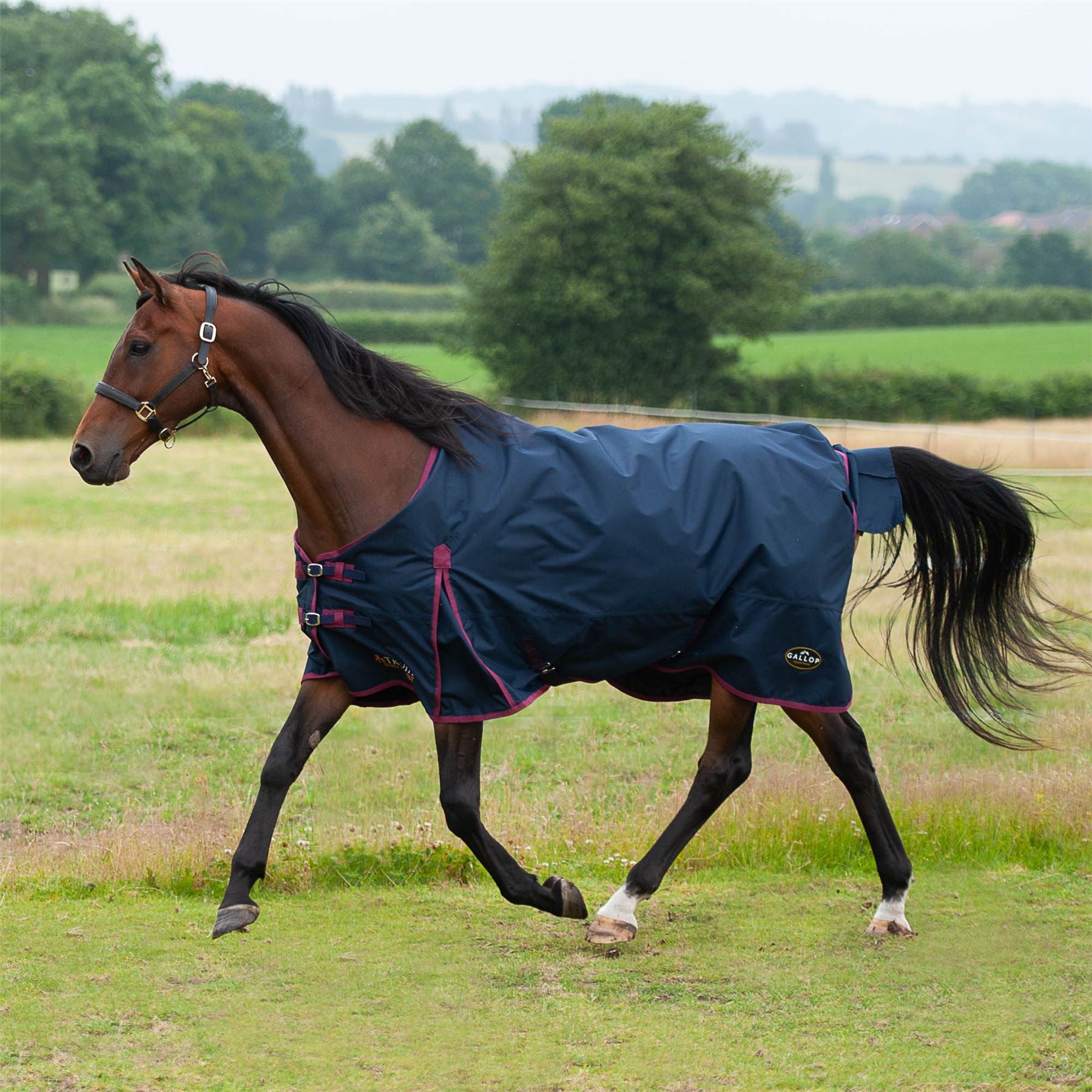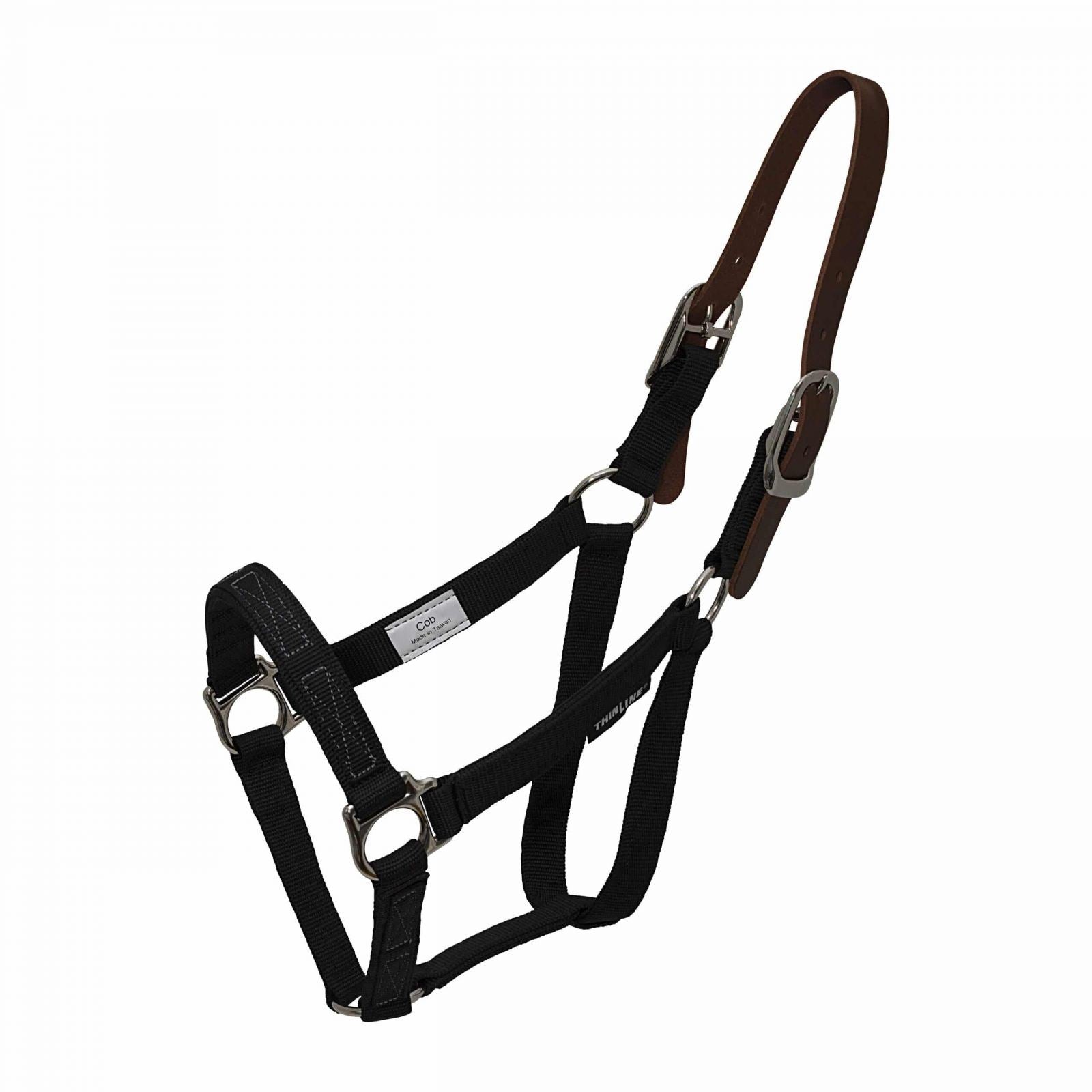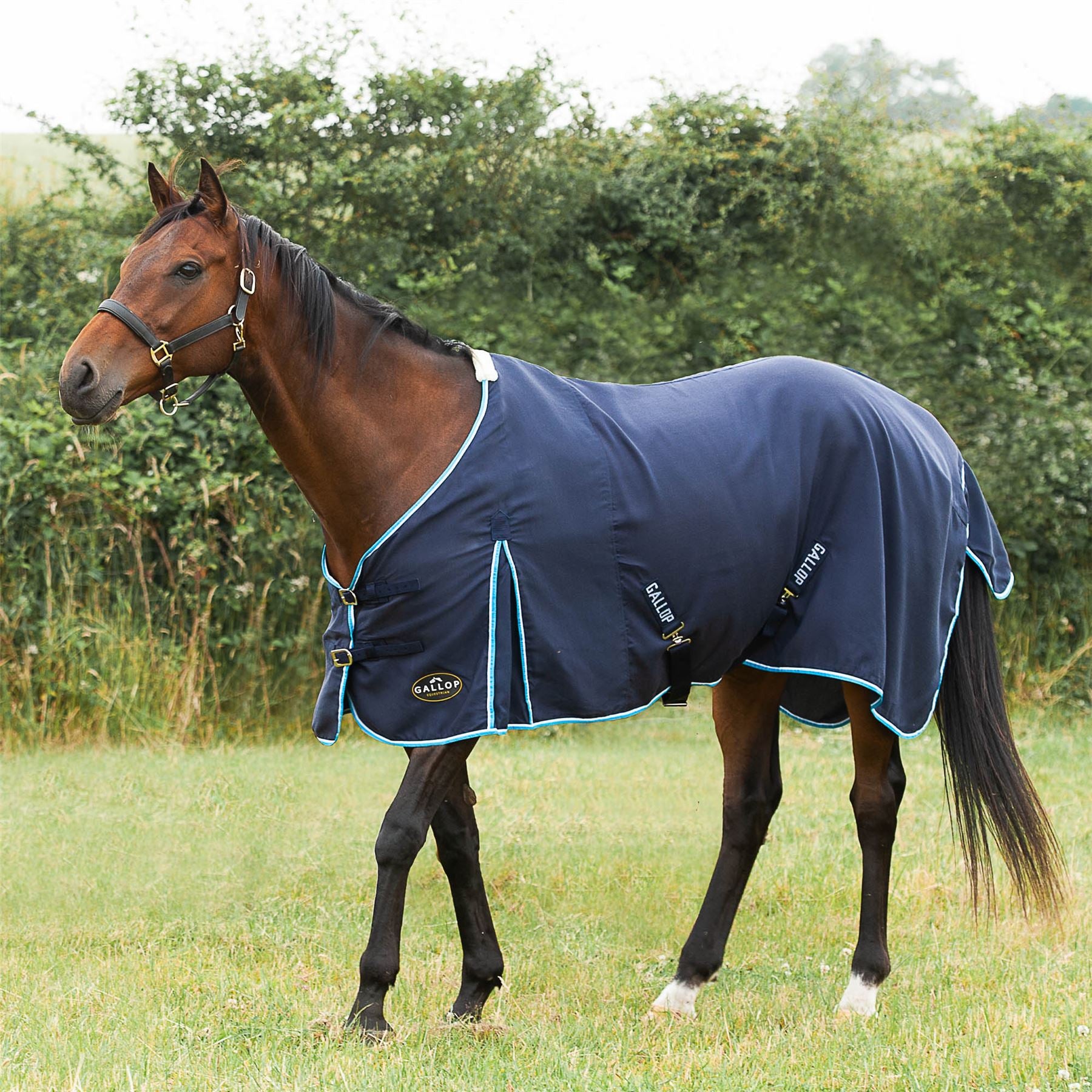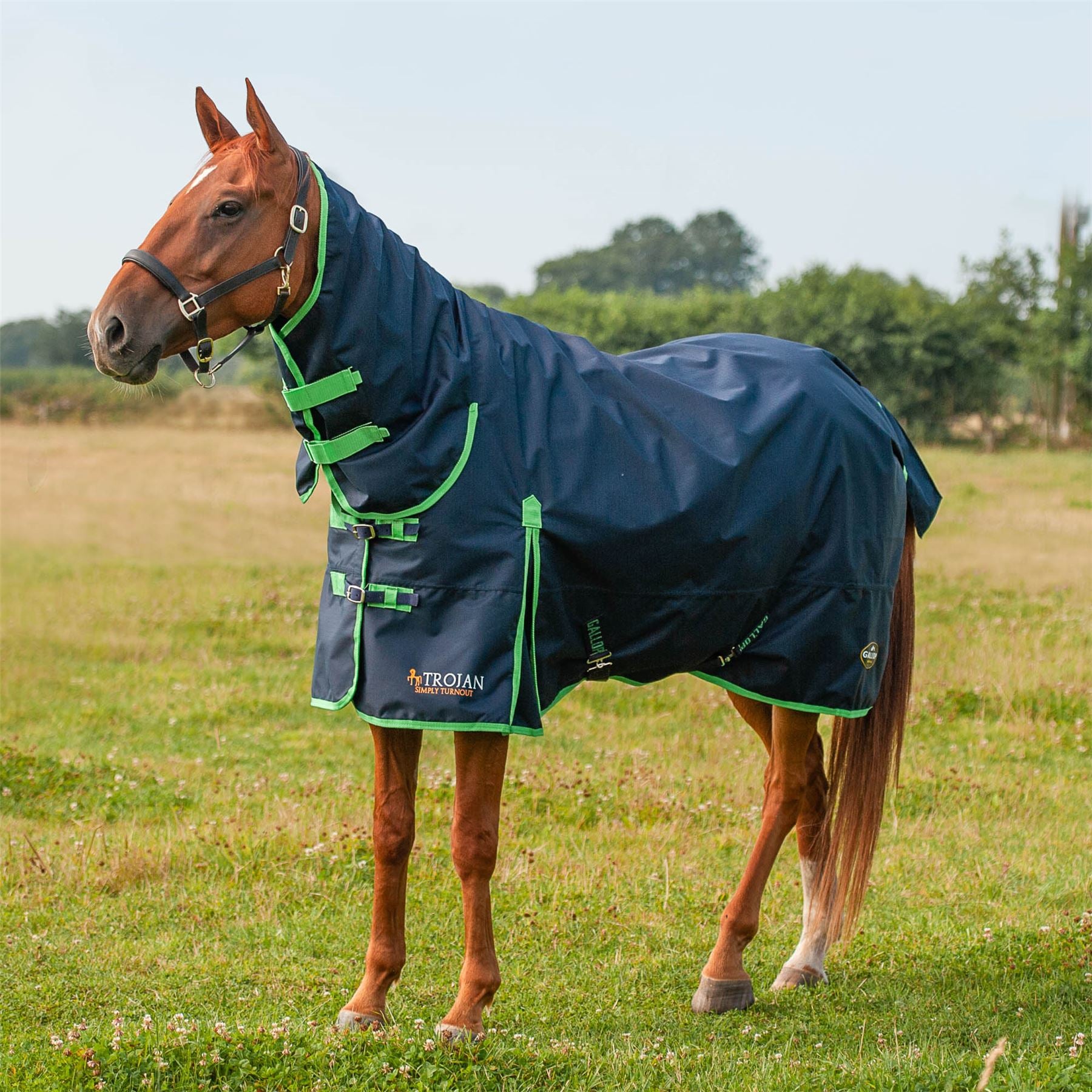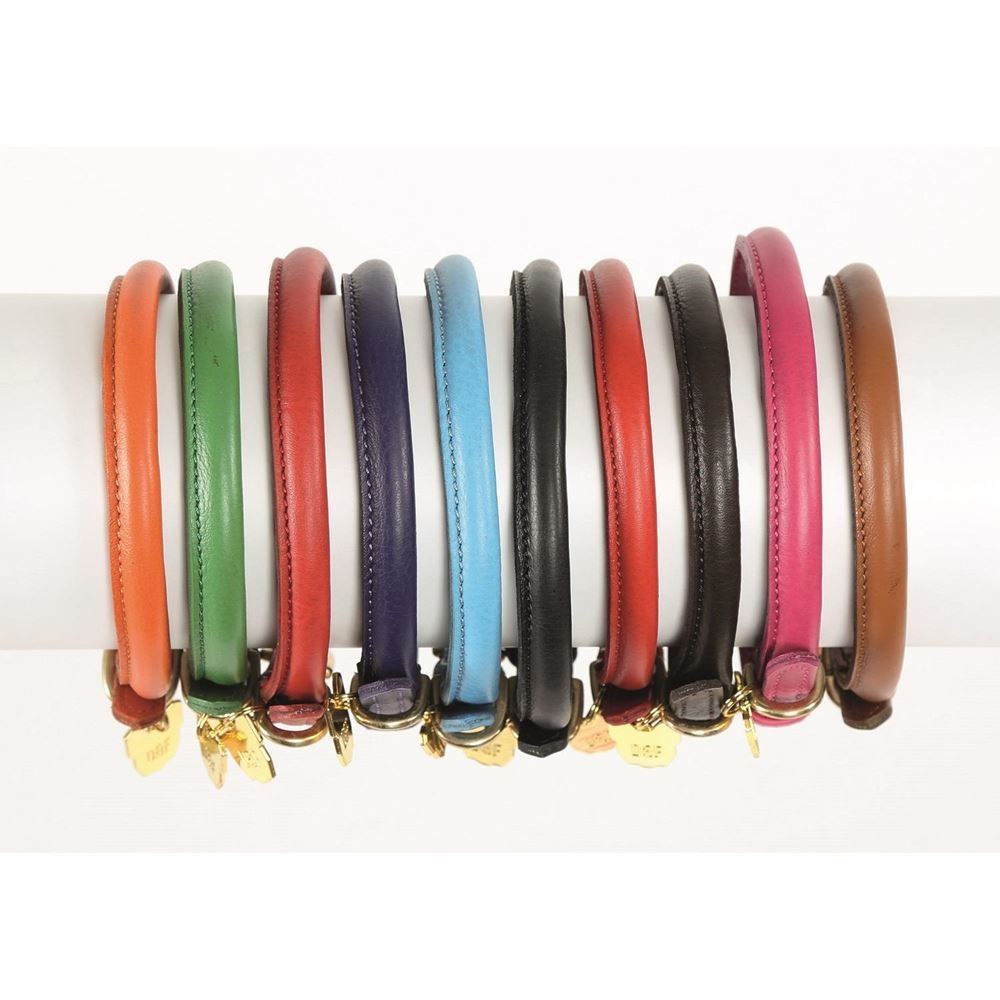A Rollercoaster of Emotions: Showjumping's Thrilling New Format
Showjumping has long been a sport that combines strategy, skill, and grit. However, with the advent of the inaugural Longines League of Nations (LLN) Final in Barcelona, the traditional sport has taken on a new dynamic. Germany emerged triumphant in this revolutionary format, which promises to redefine the landscape of team showjumping.
A New Era in Team Showjumping
The LLN Final signifies a shift from the traditional Nations Cup to a competition where tactical decision-making is as crucial as horsemanship. This year's event gathered nine elite teams, each hungry for victory and equipped with strategies to outmaneuver their rivals. Among these, Germany, under the guidance of chef d'equipe Otto Becker, showcased exceptional strategic execution and rider skill.
The Course: A Test of Skill and Nerve
Olympic course designer Santiago Varela crafted a challenging arena that put participants under immense pressure. Notorious obstacles, including a double of verticals and an insidious plank, dashed the hopes of several riders, shaping the tight competition to the last jump. The second round heightened the difficulty, making every choice and execution by the riders critical to success.
Intense Rivalry and Nail-Biting Finishes
The competition wasn't just about personal skill; it was a team effort that saw Germany and the Netherlands locked in a fierce battle until the final moments. Andre Thieme led Germany with a flawless first round, while Christian Kukuk faced challenges that tested his mettle. This kind of rivalry made for a gripping spectacle, reminiscent of a sporting thriller that kept spectators riveted.
Global Showcasing and Unpredictability
The LLN Final did more than crown a winner; it exhibited global talent with teams from Ireland and Sweden making significant impressions. Despite Great Britain's absence from the finals, the high bar set by all competitors proved the depth and breadth of skill in the sport. Moreover, the introduction of a double-clear bonus injected an additional layer of excitement, where each error—or absence thereof—had the potential to dramatically shift standings, making it anyone's game till the end.
Key Players: The Heart of Germany’s Triumph
Behind Germany’s victory lay not only individual brilliance but a cohesive team effort. Richard Vogel's flawless performances on United Touch S were pivotal, securing crucial points through double-clear rounds. Yet, it was Otto Becker's strategic finesse in managing the team that truly set the stage for their triumph, showcasing the import of both planning and execution in showjumping.
Future Implications and Insights
Germany's success at the LLN Final heralds a significant shift in the competitive fabric of showjumping, replacing the longstanding Nations Cup. This new format emphasizes a blend of personal excellence and strategic teamwork, setting a benchmark for future events. It also opens discussions on evolving tactics, training regimens, and rider-horse partnerships necessary for international success.
The LLN Final stands as a testament to showjumping's rich complexity and unpredictability. It invites further exploration of how such competitions are evolving, the impact this has on the sport, and the individuals who rise to prominence within these new confines.
In summation, the inaugural Longines League of Nations Final was more than a mere event; it was a celebration of an evolving sport, its intricate layers, and the timeless excitement it offers to participants and spectators alike. As we look forward to future competitions, one thing remains clear: the best in showjumping is yet to come.
Sources: Details of this article were informed by Horse & Hound's coverage of the inaugural Longines League of Nations Final.


